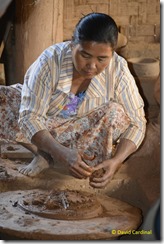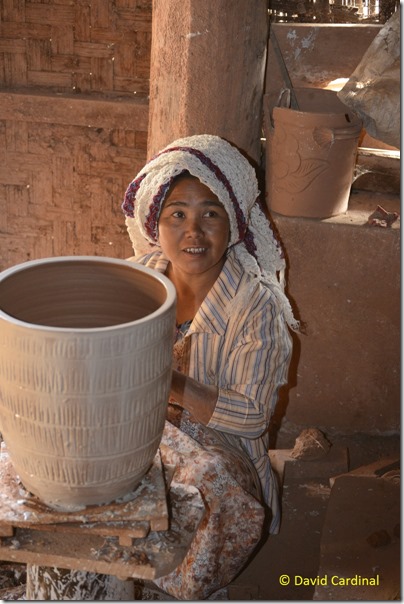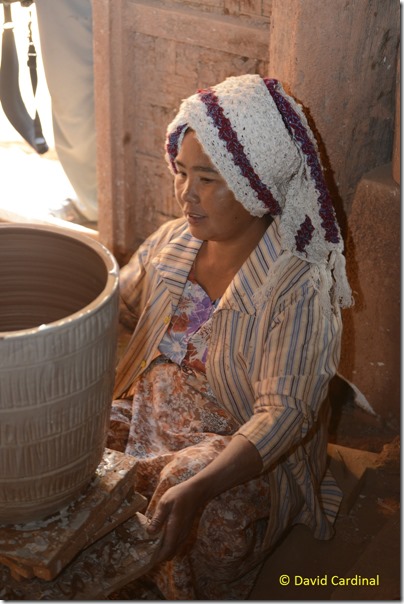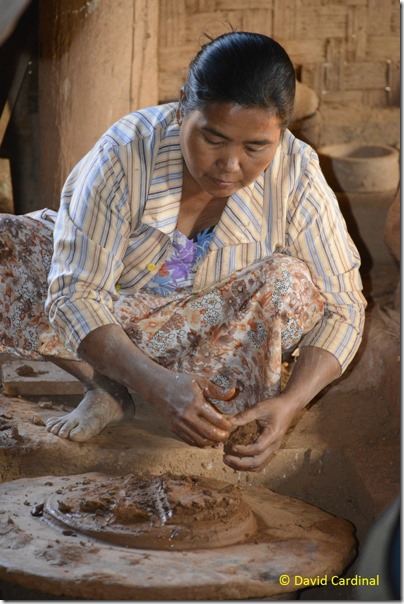- Photo Safaris
- Alaska Bears & Puffins World's best Alaskan Coastal Brown Bear photo experience. Small group size, idyllic location, deluxe lodging, and Puffins!
- Participant Guestbook & Testimonials Candid Feedback from our participants over the years from our photo safaris, tours and workshops. We don't think there is any better way to evaluate a possible trip or workshop than to find out what others thought.
- Custom Photo Tours, Safaris and Personal Instruction Over the years we've found that many of our clients & friends want to participate in one of our trips but the dates we've scheduled just don't work for them or they'd like a customized trip for their family or friends.
- Myanmar (Burma) Photo Tour Myanmar (Burma) Photo Tour December 2017 -- with Angkor Wat option
- Reviews Go hands-on
- Camera Reviews Hands-on with our favorite cameras
- Lens reviews Lenses tested
- Photo Accessories Reviews Reviews of useful Photo and Camera Accessories of interest to our readers
- Useful Tools & Gadgets Handy tools and gadgets we've found useful or essential in our work and want to share with you.
- What's In My Camera Bag The gear David Cardinal shoots with in the field and recommends, including bags and tools, and why
- Articles About photography
- Getting Started Some photography basics
- Travel photography lesson 1: Learning your camera Top skills you should learn before heading off on a trip
- Choosing a Colorspace Picking the right colorspace is essential for a proper workflow. We walk you through your options.
- Understanding Dynamic Range Understanding Dynamic Range
- Landscape Photography Tips from Yosemite Landscape Photography, It's All About Contrast
- Introduction to Shooting Raw Introduction to Raw Files and Raw Conversion by Dave Ryan
- Using Curves by Mike Russell Using Curves
- Copyright Registration Made Easy Copyright Registration Made Easy
- Guide to Image Resizing A Photographers' Guide to Image Resizing
- CCD Cleaning by Moose Peterson CCD Cleaning by Moose Peterson
- Profiling Your Printer Profiling Your Printer
- White Balance by Moose Peterson White Balance -- Are You RGB Savvy by Moose Peterson
- Photo Tips and Techniques Quick tips and pro tricks and techniques to rapidly improve your photography
- News Photo industry and related news and reviews from around the Internet, including from dpreview and CNET
- Getting Started Some photography basics
- Resources On the web
- My Camera Bag--What I Shoot With and Why The photo gear, travel equipment, clothing, bags and accessories that I shoot with and use and why.
- Datacolor Experts Blog Color gurus, including our own David Cardinal
- Amazon Affiliate Purchases made through this link help support our site and cost you absolutely nothing. Give it a try!
- Forums User to user
- Think Tank Photo Bags Intelligently designed photo bags that I love & rely on!
- Rent Lenses & Cameras Borrowlenses does a great job of providing timely services at a great price.
- Travel Insurance With the high cost of trips and possibility of medical issues abroad trip insurance is a must for peace of mind for overseas trips in particular.
- Moose Peterson's Site There isn't much that Moose doesn't know about nature and wildlife photography. You can't learn from anyone better.
- Journeys Unforgettable Africa Journeys Unforgettable -- Awesome African safari organizers. Let them know we sent you!
- Agoda International discounted hotel booking through Agoda
- Cardinal Photo Products on Zazzle A fun selection of great gift products made from a few of our favorite images.
- David Tobie's Gallery Innovative & creative art from the guy who knows more about color than nearly anyone else
- Galleries Our favorite images
Photographing an Artisan? Focus on their hands
Photographing an Artisan? Focus on their hands
Submitted by David Cardinal on Wed, 02/27/2013 - 08:42
 When photographing people, we’re trained to focus on the face, and especially the eyes. Like any other “rule” of photography, though, it doesn’t always apply. In particular, when you’re capturing someone performing a craft or skill, the skill itself becomes a key part of the image. In the case of this woman potter who was kind enough to let us photograph her throwing a pot, her hands are what drew my attention. They moved smoothly and confidently, clearly the result of years of being a master potter – her village is famous throughout Myanmar (Burma) for its pots, which are highly-prized both there and throughout Asia.
When photographing people, we’re trained to focus on the face, and especially the eyes. Like any other “rule” of photography, though, it doesn’t always apply. In particular, when you’re capturing someone performing a craft or skill, the skill itself becomes a key part of the image. In the case of this woman potter who was kind enough to let us photograph her throwing a pot, her hands are what drew my attention. They moved smoothly and confidently, clearly the result of years of being a master potter – her village is famous throughout Myanmar (Burma) for its pots, which are highly-prized both there and throughout Asia.
I started the photo session with some more typical images, like this one of a pot and potter, with the women looking up where we could clearly see her face. The composition works and clearly communicates that it is a potter I’m photographing, and something about her tribal garb and location in a wooden hut. However, it doesn’t really convey any sense of her at work.
I then moved in a little tighter, and now we can see her hands, but they are still not really engaged in her task. At this point it became clear to me that it’d be hard to capture both a traditional portrait shot and her hands at work. This is particularly true when someone is performing a delicate task. Their eyes will be on their work if they are truly engaged, making it difficult to capture both a full-face view and a close-up of their hands at work at the same time.
I decided to focus on her hands. Rather than worry about getting all of her in focus, I took the opposite approach and opened my Nikon 70-300mm AF-S VR Lens wide (of course it only goes to about f/4.8 at the 240mm I was shooting – if I’d had my Nikon 70-200mm f/2.8 AF-S Lens on the camera I could have opened it wider, but I couldn’t have zoomed in as close without a Teleconverter). We didn’t have much light, so I bumped the ISO on my Nikon D600 to 6400 (I sure love how far we can push these new cameras!) to get a shutter speed to 1/250s – in order to freeze her hands in action.
To finish off the look that I wanted, I bounced a tiny bit of flash fill off the roof of the building to help light her. I kept the level really low (-3 compensation and bouncing off the roof) because I didn’t want to disturb the natural light on the scene or streaming through the window onto her at work.
So the next time you’re photographing someone “in action” think about creative ways to capture the spirit of the task, even if it means breaking some of the rules of typical portrait photography.





